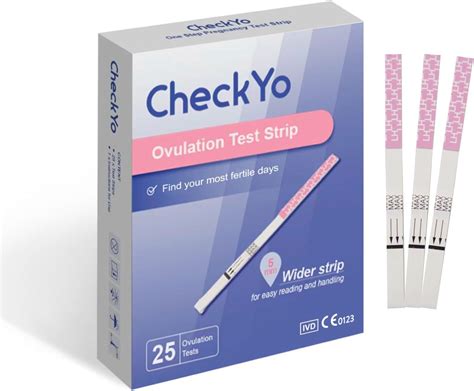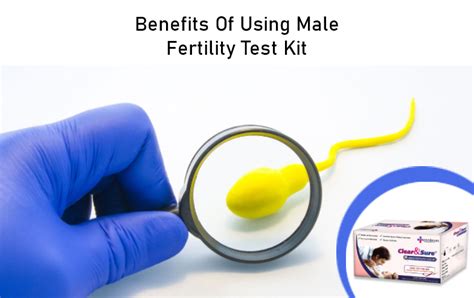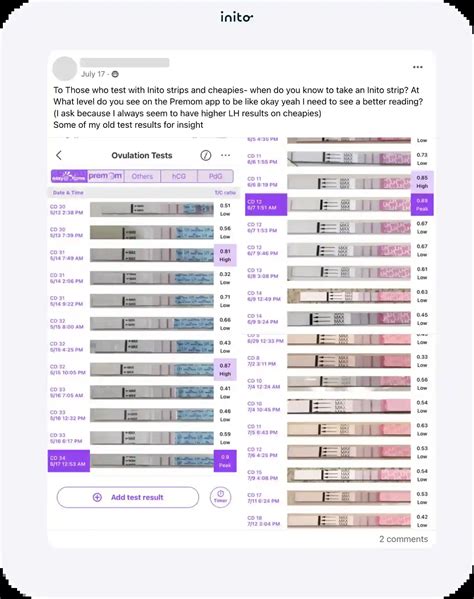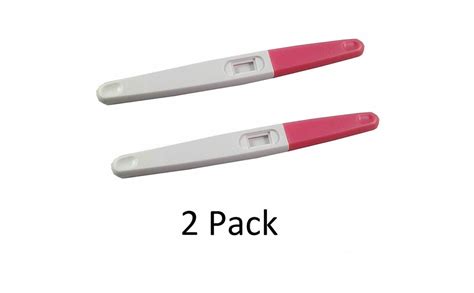Intro
Discover the ultimate Ovulation Test Kit Guide, featuring fertility trackers, pregnancy tests, and ovulation predictors to help you conceive. Learn about LH surge, menstrual cycles, and fertility windows.
Ovulation test kits have become a crucial tool for women trying to conceive, as they help identify the most fertile days in a menstrual cycle. These kits detect the presence of luteinizing hormone (LH) in urine, which surges just before ovulation, indicating that the body is preparing to release an egg. Understanding how ovulation test kits work and how to use them effectively can significantly improve the chances of getting pregnant. The importance of timing in conception cannot be overstated, and these kits provide a straightforward, at-home method for pinpointing the optimal window for trying to conceive.
For many couples, trying to conceive can be a journey filled with anticipation and uncertainty. The process involves understanding the female reproductive cycle, recognizing the signs of ovulation, and timing intercourse appropriately. Ovulation test kits simplify this process by offering a clear indication of when ovulation is about to occur, thereby increasing the likelihood of successful conception. Moreover, these kits are not just for those trying to get pregnant; they can also be useful for women looking to avoid pregnancy or understand their menstrual cycles better. By providing a deeper insight into the body's reproductive rhythms, ovulation test kits empower women with knowledge about their fertility.
The use of ovulation test kits is part of a broader approach to fertility awareness and family planning. As medical technology continues to advance, these kits have become more accurate and user-friendly, making them an indispensable resource for many. However, their effectiveness depends on proper use and understanding of the results. It's essential for users to grasp the basics of their menstrual cycle, the role of LH in ovulation, and how to interpret the test results accurately. This knowledge, combined with the convenience and privacy of at-home testing, makes ovulation test kits a preferred method for many individuals and couples seeking to manage their fertility.
How Ovulation Test Kits Work

Types of Ovulation Test Kits
There are several types of ovulation test kits available, each with its own set of features and benefits. The most common types include: - **Midstream Tests**: These are the most common type and involve holding a test stick in the urine stream. - **Dip Tests**: These require dipping a test strip into a urine sample collected in a cup. - **Digital Tests**: These provide a digital reading, often displaying the words "yes" or "no" to indicate the presence of the LH surge. - **Fertility Monitors**: These are more advanced and can track multiple fertility indicators, including LH, estrogen, and basal body temperature.Benefits of Using Ovulation Test Kits

Steps to Use Ovulation Test Kits
Using an ovulation test kit involves a simple series of steps: 1. **Determine Your Menstrual Cycle Length**: Understanding your cycle length helps in predicting when to start testing. 2. **Choose the Right Time to Test**: Typically, testing begins a few days before the expected ovulation date, based on the average cycle length. 3. **Follow the Test Instructions**: Each kit comes with specific instructions for use, including the time of day to test and how to interpret results. 4. **Record Your Results**: Keeping track of test results can help in identifying patterns and planning for future cycles.Interpreting Ovulation Test Kit Results

Common Challenges and Considerations
While ovulation test kits are valuable tools, there are some challenges and considerations to be aware of: - **Irregular Cycles**: Women with highly irregular menstrual cycles may find it challenging to predict when to start testing. - **Polycystic Ovary Syndrome (PCOS)**: Individuals with PCOS may experience multiple LH surges or persistent LH elevation, which can make interpreting test results more difficult. - **Fertility Issues**: In cases of underlying fertility issues, ovulation test kits may not be effective in achieving pregnancy without additional medical intervention.Combining Ovulation Test Kits with Other Fertility Awareness Methods

Future Developments in Ovulation Testing
The field of ovulation testing is continually evolving, with advancements in technology aiming to improve the accuracy, convenience, and accessibility of these tests. Future developments may include more sophisticated digital tests, wearable devices that can detect hormonal changes, and integrated fertility planning apps that combine multiple fertility indicators for personalized insights.Conclusion and Next Steps

We invite you to share your experiences or ask questions about using ovulation test kits in the comments below. Your insights can help others navigate their fertility journeys. Additionally, if you found this information helpful, please consider sharing it with others who might benefit from understanding how ovulation test kits can empower them with knowledge about their reproductive health.
How accurate are ovulation test kits?
+Ovulation test kits are generally very accurate when used correctly, with most claiming an accuracy rate of 95-99%. However, accuracy can be affected by the timing of the test, the quality of the kit, and individual factors such as irregular cycles or certain medical conditions.
Can ovulation test kits be used by women with irregular cycles?
+Yes, but it may be more challenging to determine when to start testing. Women with irregular cycles might need to test more frequently or use a fertility monitor that can detect multiple fertility indicators to better predict ovulation.
How often should I use an ovulation test kit?
+The frequency of testing depends on the individual's cycle length and the specific kit being used. Generally, testing begins a few days before the expected ovulation date and continues until a positive result is obtained, indicating the LH surge and impending ovulation.
